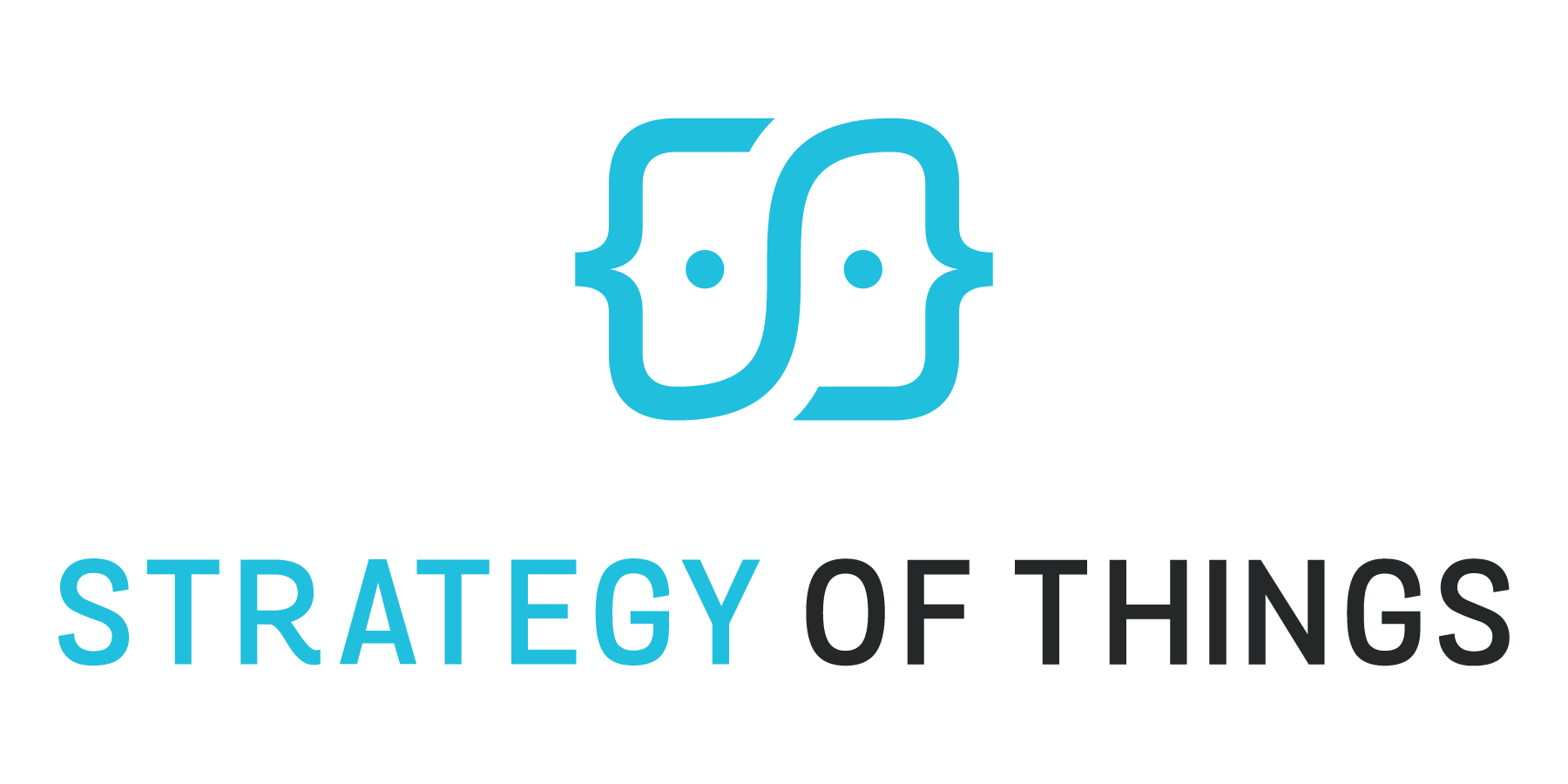Most IoT projects are unsuccessful
A recent Cisco survey of 1845 business and IT decision-makers in mid market and enterprise companies, conducted in April 2017, found that nearly three quarters of Internet of Things (IoT) projects were not successful.
The top five reasons include:
- Long completion times,
- Poor quality of the data collected,
- Lack of internal expertise,
- IoT integration,
- Budget overruns.
These results are not surprising given the immaturity of the IoT solutions, evolving technology standards, and limited expertise among the IoT community.
In light of these survey results, how do you ensure that your first IoT project implementation will be successful? In this post, I’ll share ten best practices for managers planning their first IoT project.
Best Practices for IoT Projects
 Best Practice #1 – Solve a problem that someone cares about. Whether it’s a pilot project, or a mini IoT project added to a larger non-IoT project, make the project relevant by addressing a real need. This ensures visibility and support from the organization, whether it is something as simple as time to answer your questions, commitment from management, or contribute resources. Equally important, it gives you a foundation from which to build follow-on projects.
Best Practice #1 – Solve a problem that someone cares about. Whether it’s a pilot project, or a mini IoT project added to a larger non-IoT project, make the project relevant by addressing a real need. This ensures visibility and support from the organization, whether it is something as simple as time to answer your questions, commitment from management, or contribute resources. Equally important, it gives you a foundation from which to build follow-on projects.
 Best Practice #2 – Plan conservatively. As an early IoT adopter, your organization’s capabilities will be limited and the learning curve will be steep. Managers must plan for this in several ways. Don’t try to “change the world”, but instead focus on doing one or two things well. Define the requirements well and resist scope creep. Build in a larger than usual contingency for schedule, resources and cost.
Best Practice #2 – Plan conservatively. As an early IoT adopter, your organization’s capabilities will be limited and the learning curve will be steep. Managers must plan for this in several ways. Don’t try to “change the world”, but instead focus on doing one or two things well. Define the requirements well and resist scope creep. Build in a larger than usual contingency for schedule, resources and cost.
 Best Practice #3 – Fix outdated processes and policies. IoT solutions can disrupt existing organizational processes and policies. If you fix the technology but not the processes and policies, you will just get “bad news faster”. Implementing the technology side of IoT is only half the solution. Realize its full potential by updating affected, or in some cases, creating new processes and policies.
Best Practice #3 – Fix outdated processes and policies. IoT solutions can disrupt existing organizational processes and policies. If you fix the technology but not the processes and policies, you will just get “bad news faster”. Implementing the technology side of IoT is only half the solution. Realize its full potential by updating affected, or in some cases, creating new processes and policies.
 Best Practice #4 – Partner for success. IoT solutions affect multiple teams within the organization. Partner with these affected teams early in the planning process to get their requirements, gain their support (knowledge, resources, and budget), and leverage their influence to remove barriers during the execution stages. Partner with your organization’s digital transformation or innovation office, if one exists.
Best Practice #4 – Partner for success. IoT solutions affect multiple teams within the organization. Partner with these affected teams early in the planning process to get their requirements, gain their support (knowledge, resources, and budget), and leverage their influence to remove barriers during the execution stages. Partner with your organization’s digital transformation or innovation office, if one exists.
Equally important, partner with IoT solution vendors throughout the process. At this stage of the market, their solutions are still evolving. Work with your IoT vendor at a deeper level than you would with other vendors. Stay in close contact and leverage their product management and technical support teams throughout the project. Co-design the solution and project with them – tell them what features you like to see, report bugs, and test updated versions of the product.
 Best Practice #5 – Augment your capabilities with outside resources. Address gaps in your internal capabilities by leveraging outside resources. Build your IoT knowledge through information shared on industry blogs, publications and analyst reports. Augment your project planning and execution capabilities by contracting with subject matter experts, IoT consultants, and innovation labs.
Best Practice #5 – Augment your capabilities with outside resources. Address gaps in your internal capabilities by leveraging outside resources. Build your IoT knowledge through information shared on industry blogs, publications and analyst reports. Augment your project planning and execution capabilities by contracting with subject matter experts, IoT consultants, and innovation labs.
 Best Practice #6 – Address resistance to change. The more disruptive the IoT solution is, the more likely you will face adoption resistance both internally and externally. Whether the changes are small or large, ensure IoT project success with a change adoption plan early on in the project. Identify who is affected and how they are affected, then understand their objections. Craft a plan to address these objections, be transparent and communicate regularly, and implement well before the solution goes live. Be responsive and act with a sense of urgency to any concerns raised during the project.
Best Practice #6 – Address resistance to change. The more disruptive the IoT solution is, the more likely you will face adoption resistance both internally and externally. Whether the changes are small or large, ensure IoT project success with a change adoption plan early on in the project. Identify who is affected and how they are affected, then understand their objections. Craft a plan to address these objections, be transparent and communicate regularly, and implement well before the solution goes live. Be responsive and act with a sense of urgency to any concerns raised during the project.
 Best Practice #7 – Define extended project success and goals. During the project planning stage, identify the key success outcomes of the project. Beyond the goals directly enabled by the IoT solution, consider goals around internal capabilities development, gaps identification (processes, policies, technologies, resources, etc.), organization readiness, channel and customer acceptance. Treat your early IoT projects as learning experiences, and use these projects to learn, experiment, uncover challenges, develop the organization and go faster on future projects.
Best Practice #7 – Define extended project success and goals. During the project planning stage, identify the key success outcomes of the project. Beyond the goals directly enabled by the IoT solution, consider goals around internal capabilities development, gaps identification (processes, policies, technologies, resources, etc.), organization readiness, channel and customer acceptance. Treat your early IoT projects as learning experiences, and use these projects to learn, experiment, uncover challenges, develop the organization and go faster on future projects.
 Best Practice #8 – Drive shared ownership and accountability. IoT solutions affect multiple teams across the organization. Because of this, you must establish a structure of shared ownership and accountability to drive project success. Identify and secure the commitment of the critical executive sponsors and business unit owners. Align the value and relevance of the IoT solution to their team’s goals and needs to drive their ownership.
Best Practice #8 – Drive shared ownership and accountability. IoT solutions affect multiple teams across the organization. Because of this, you must establish a structure of shared ownership and accountability to drive project success. Identify and secure the commitment of the critical executive sponsors and business unit owners. Align the value and relevance of the IoT solution to their team’s goals and needs to drive their ownership.
 Best Practice #9 – Establish a learning culture. To ensure that your subsequent IoT projects are successful, you must establish a rapid learning culture right from the start. During the project, establish a process for experimenting, prototyping and problem solving. At the end of the project, document the knowledge and expertise gained, and then develop a system to retain and transfer that knowledge. Identify who the “experts” are, the lessons learned, and project debriefs. Develop a system to share that knowledge across the organization, with solutions vendors, consultants, and other resources.
Best Practice #9 – Establish a learning culture. To ensure that your subsequent IoT projects are successful, you must establish a rapid learning culture right from the start. During the project, establish a process for experimenting, prototyping and problem solving. At the end of the project, document the knowledge and expertise gained, and then develop a system to retain and transfer that knowledge. Identify who the “experts” are, the lessons learned, and project debriefs. Develop a system to share that knowledge across the organization, with solutions vendors, consultants, and other resources.
 Best Practice #10 – Be flexible and adapt. Despite careful planning and risk management, your first IoT projects will still be significant learning experiences. You know what you know, but you don’t know what you don’t know. Your planning and risk management is based on what you know. Unforeseen things happen because of the things you, your consultants, or the vendors don’t know. In this type of environment, the project teams should be nimble and agile to respond to the unplanned. Incorporate larger contingencies in project plans. Prepare your sponsors and owners to expect change. Select your project team members for their ability to quickly adapt and learn, as well as for their knowledge and execution ability.
Best Practice #10 – Be flexible and adapt. Despite careful planning and risk management, your first IoT projects will still be significant learning experiences. You know what you know, but you don’t know what you don’t know. Your planning and risk management is based on what you know. Unforeseen things happen because of the things you, your consultants, or the vendors don’t know. In this type of environment, the project teams should be nimble and agile to respond to the unplanned. Incorporate larger contingencies in project plans. Prepare your sponsors and owners to expect change. Select your project team members for their ability to quickly adapt and learn, as well as for their knowledge and execution ability.
Thanks for reading this post. If you found this post useful, please share it with your network. Please subscribe to our newsletter and be notified of new blog articles we will be posting. You can also follow us on Twitter (@strategythings), LinkedIn or Facebook.
Related posts:
Planning IoT pilot projects: Execution options
Five things managers should do first in an emerging IoT market
Buy smart: best practices for sourcing IoT solutions from start-ups


One thought on “Ten best practices for making your first IoT projects a success”